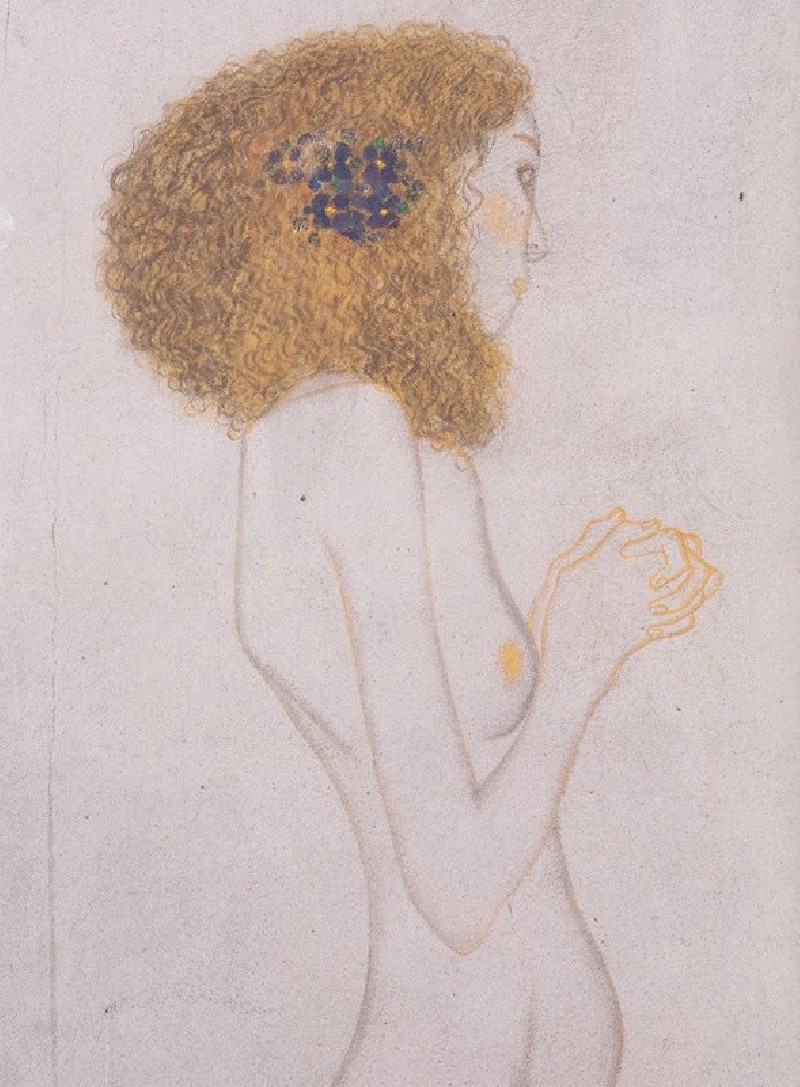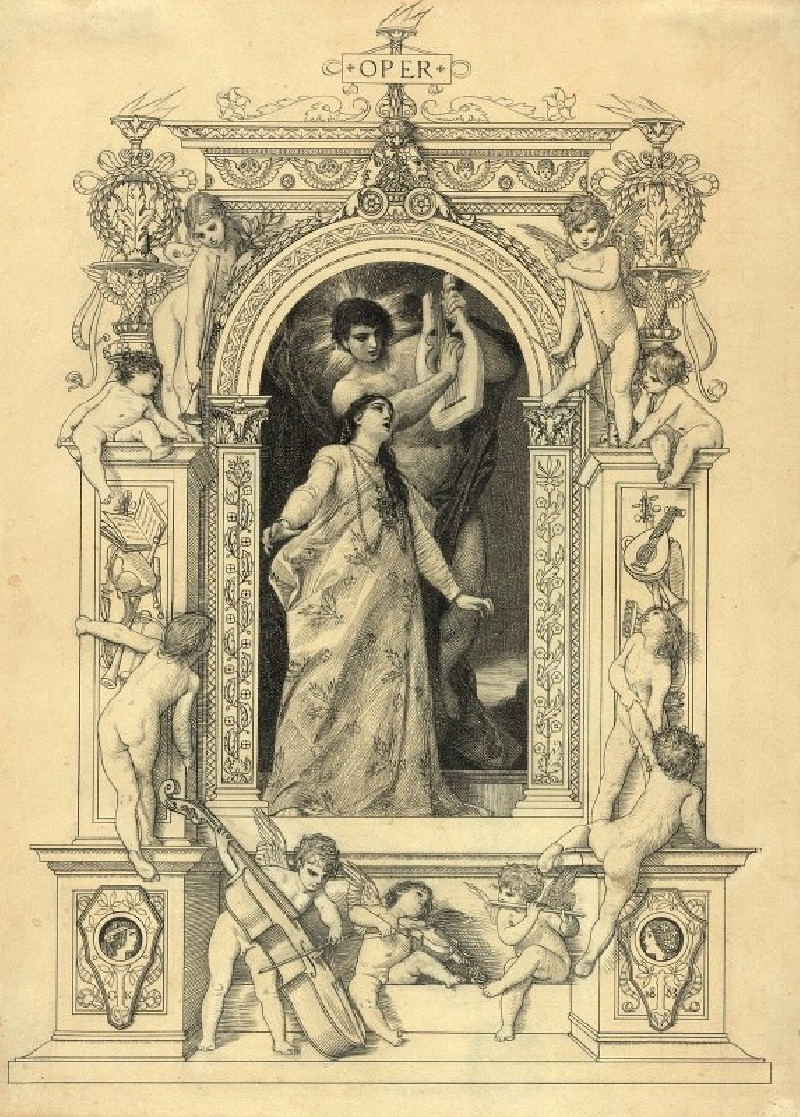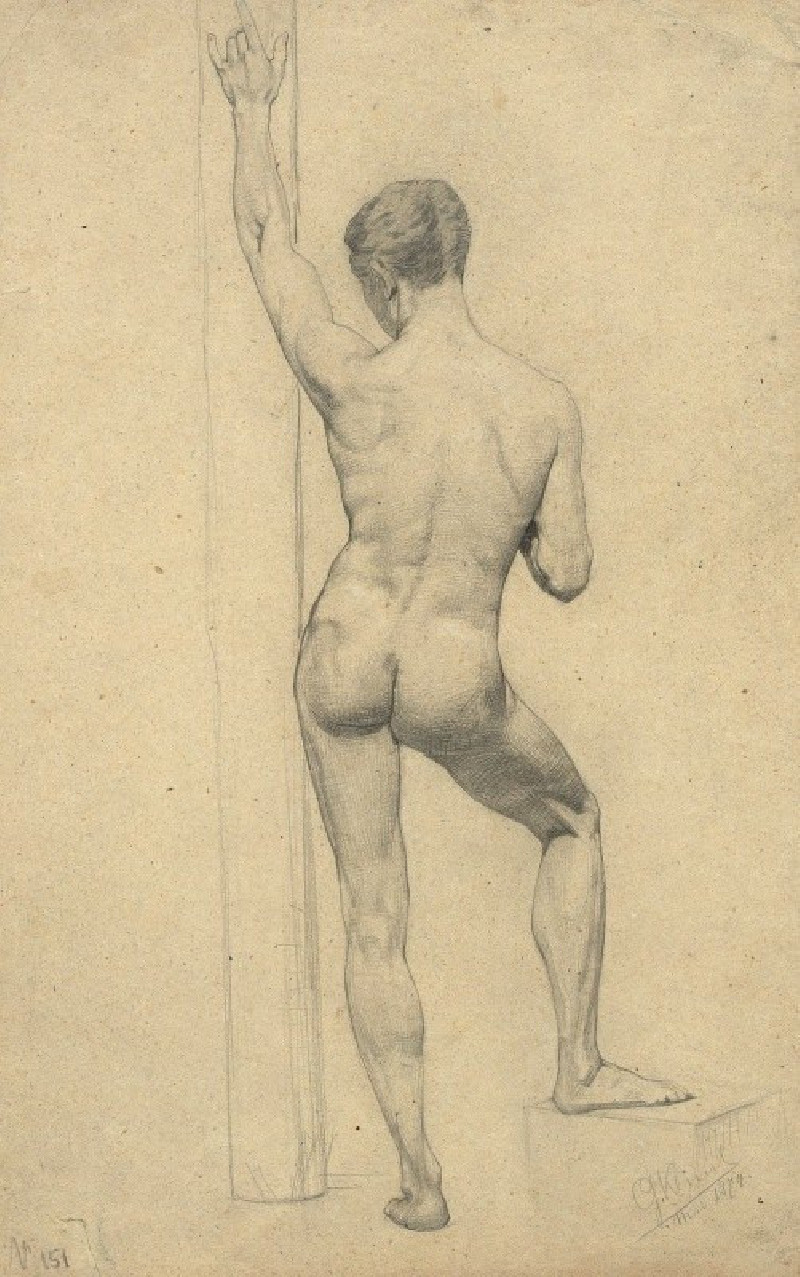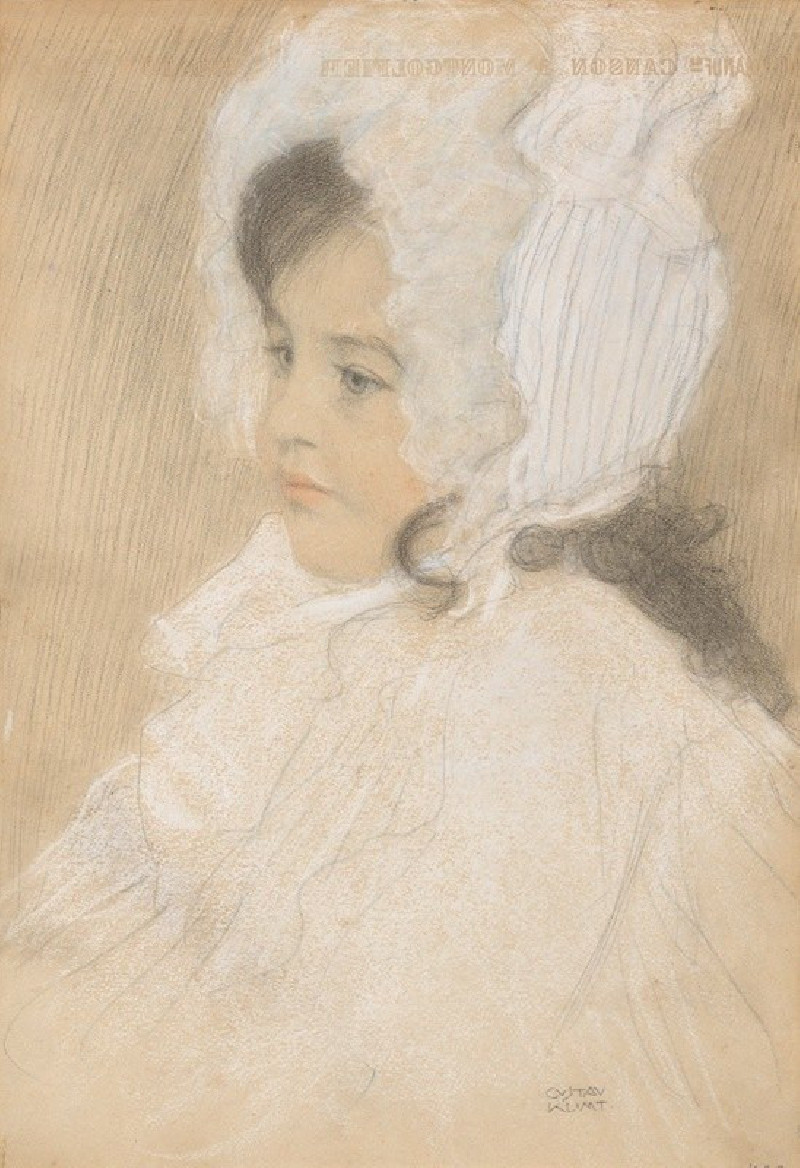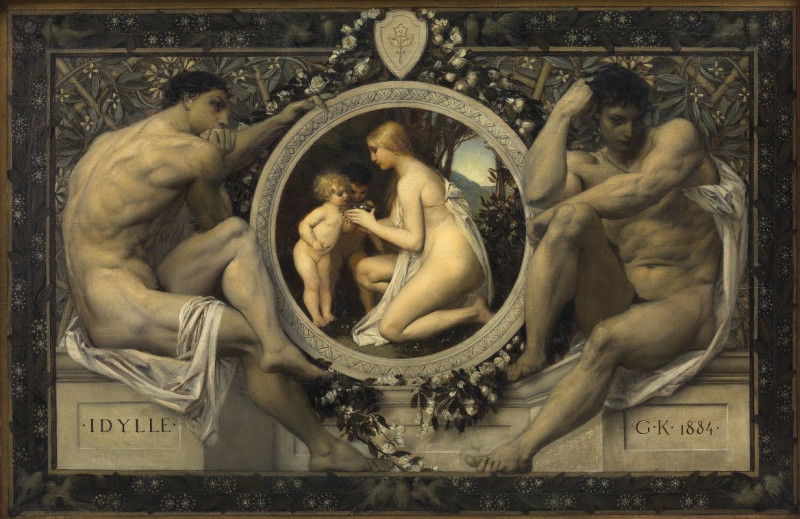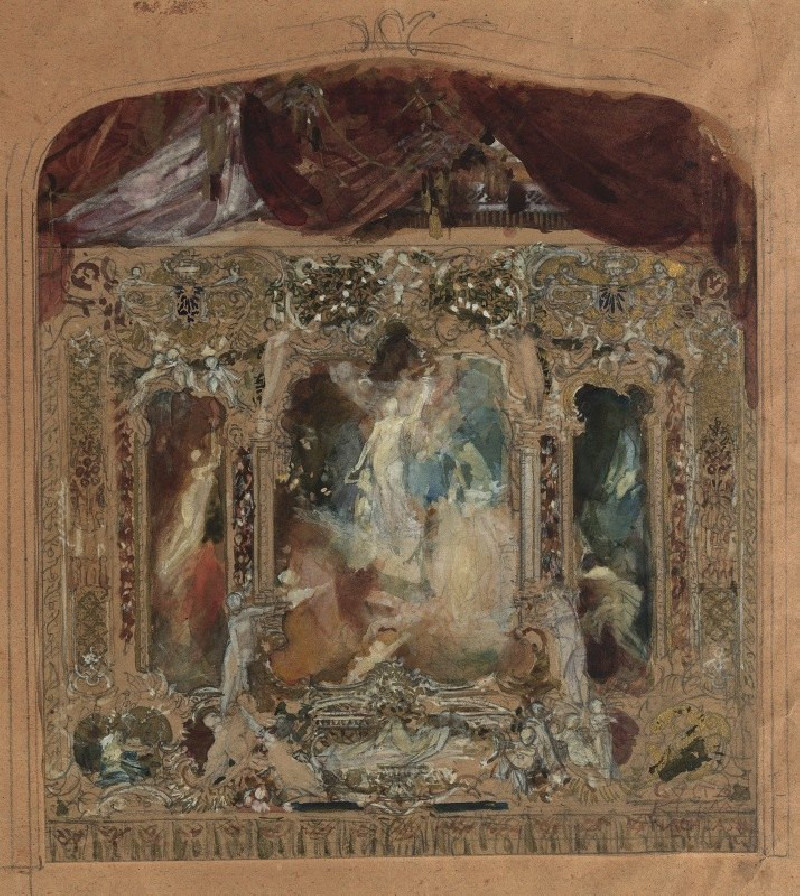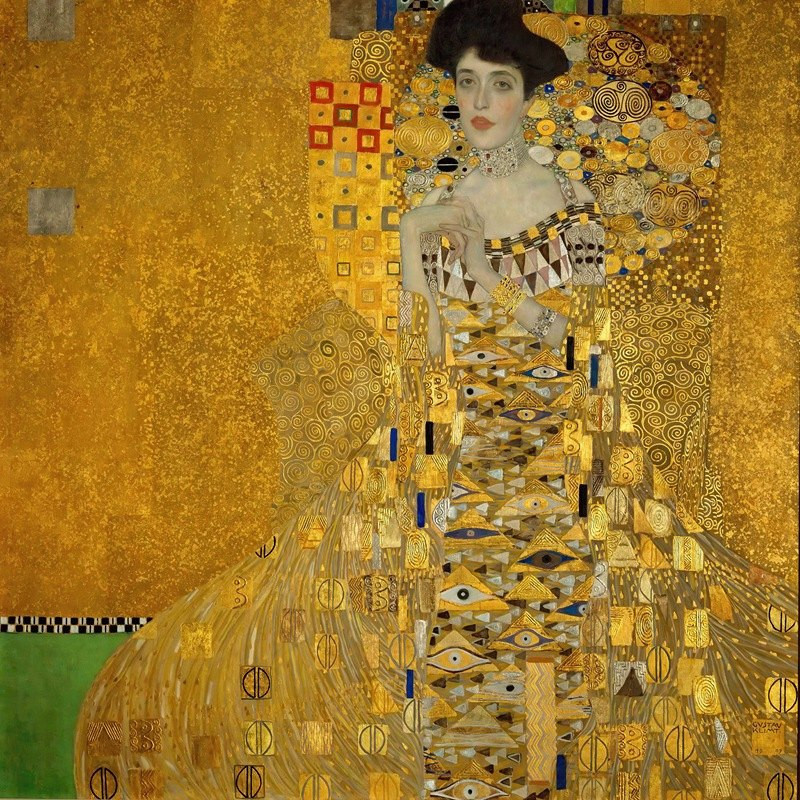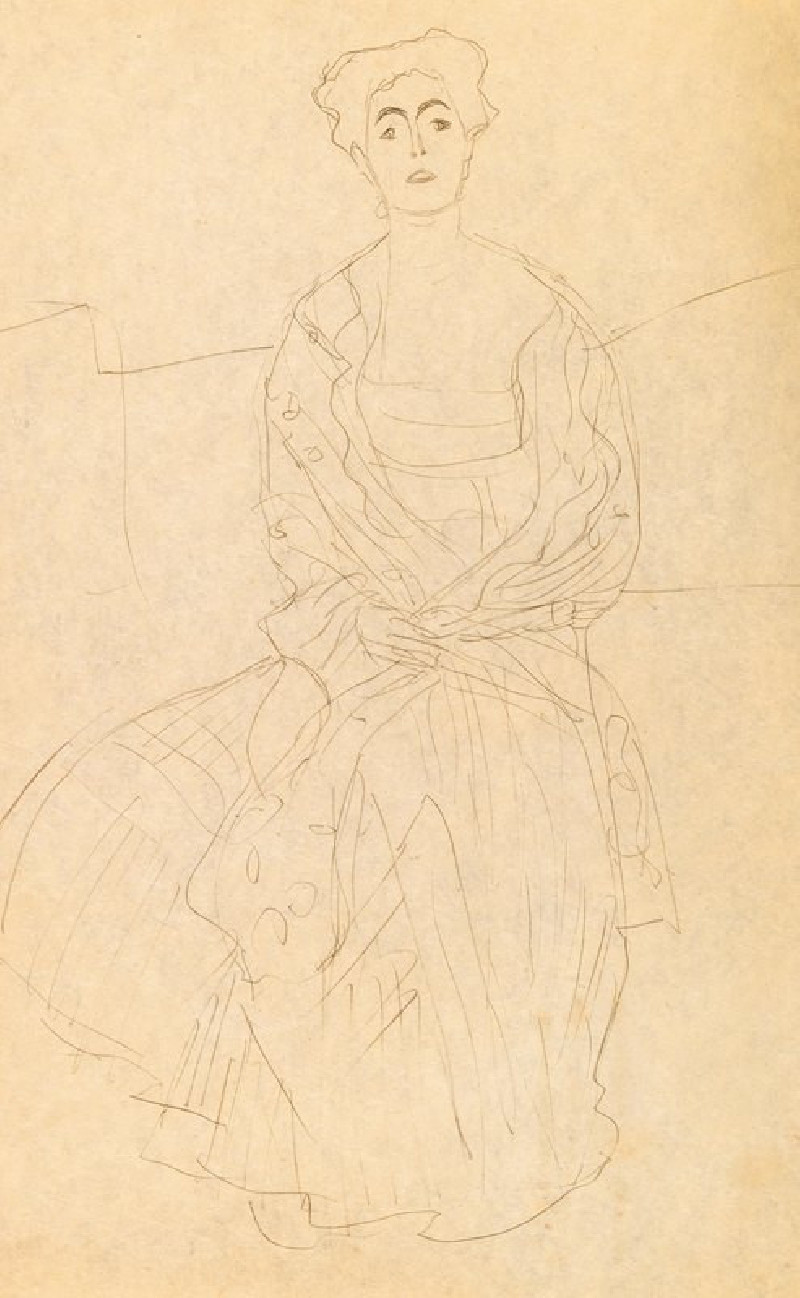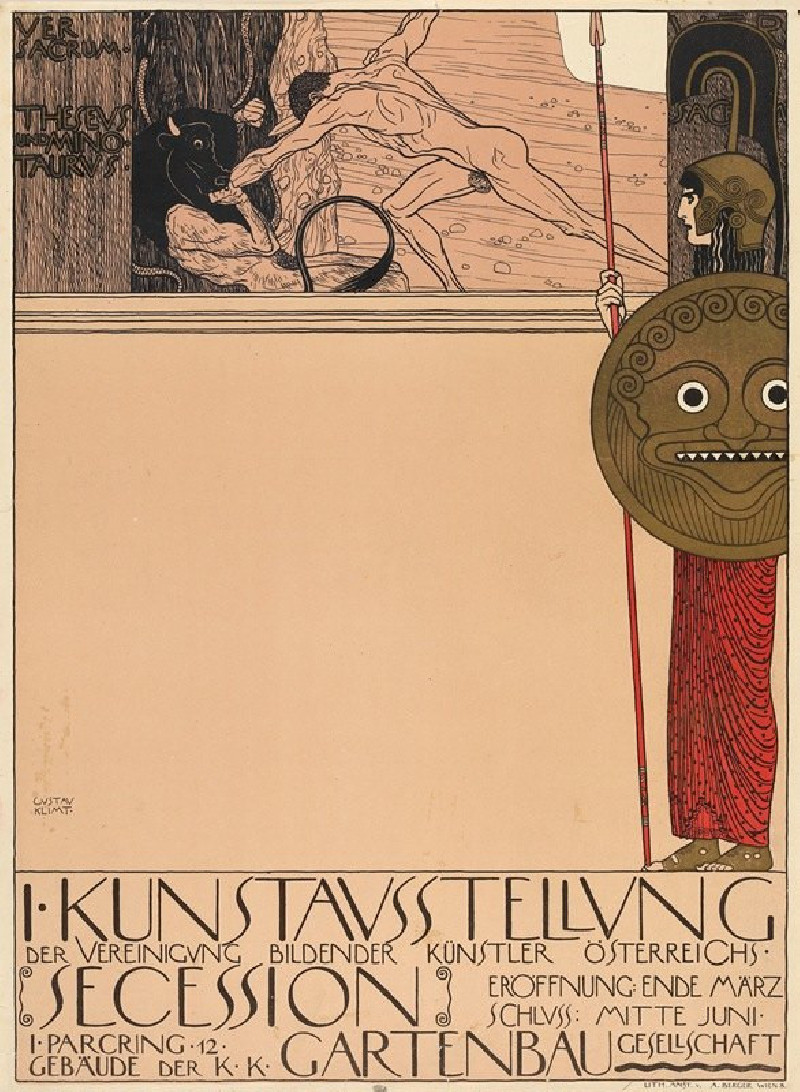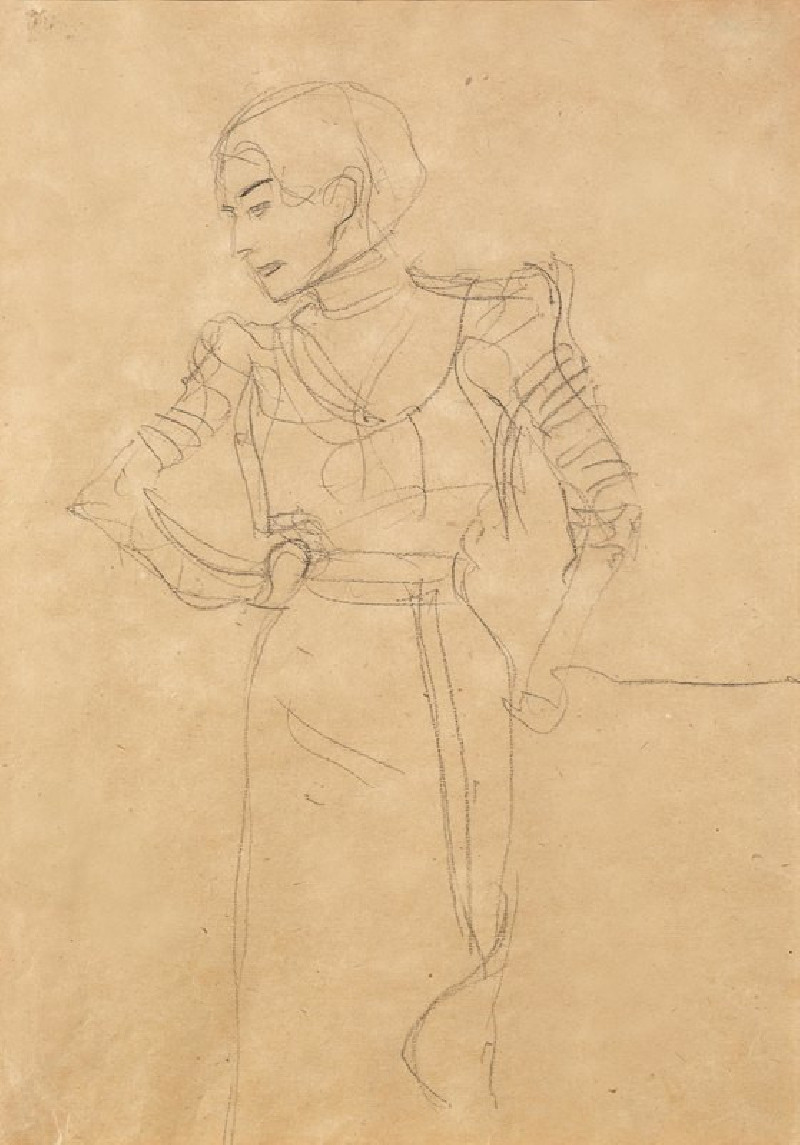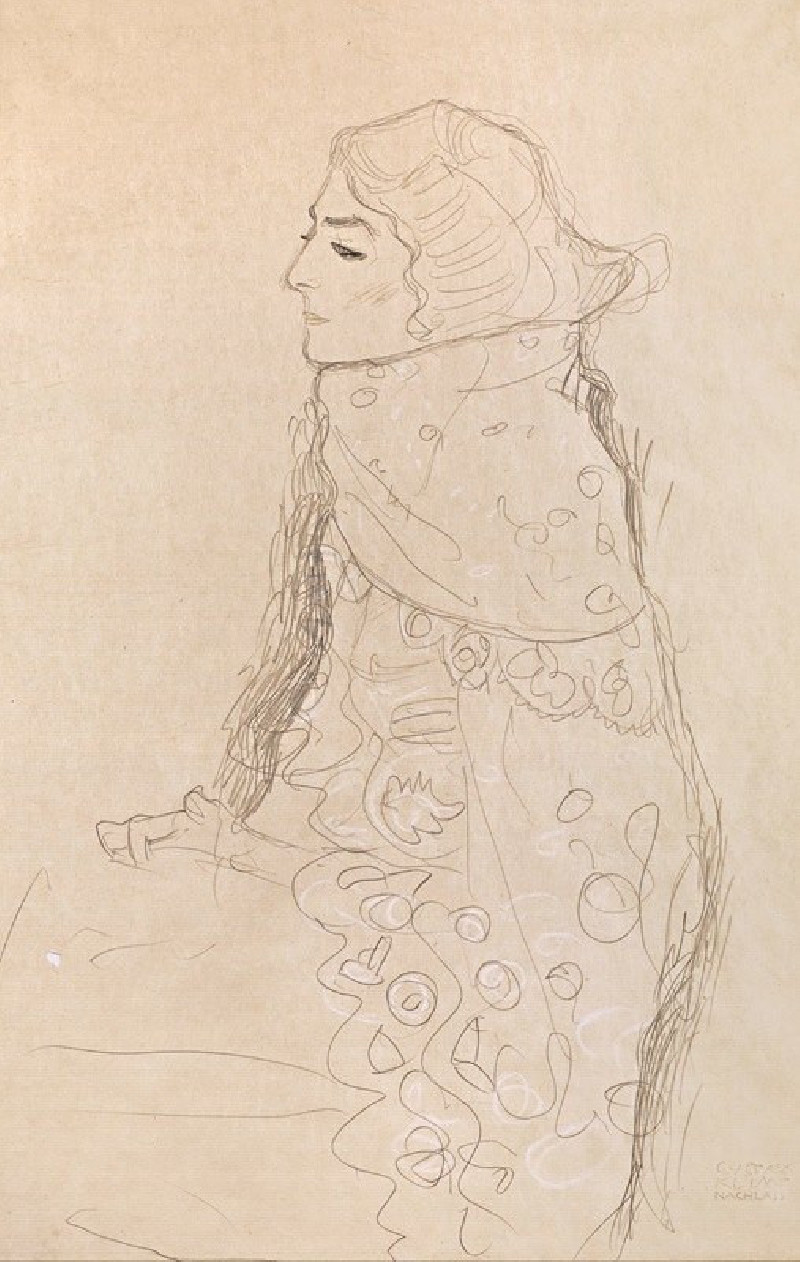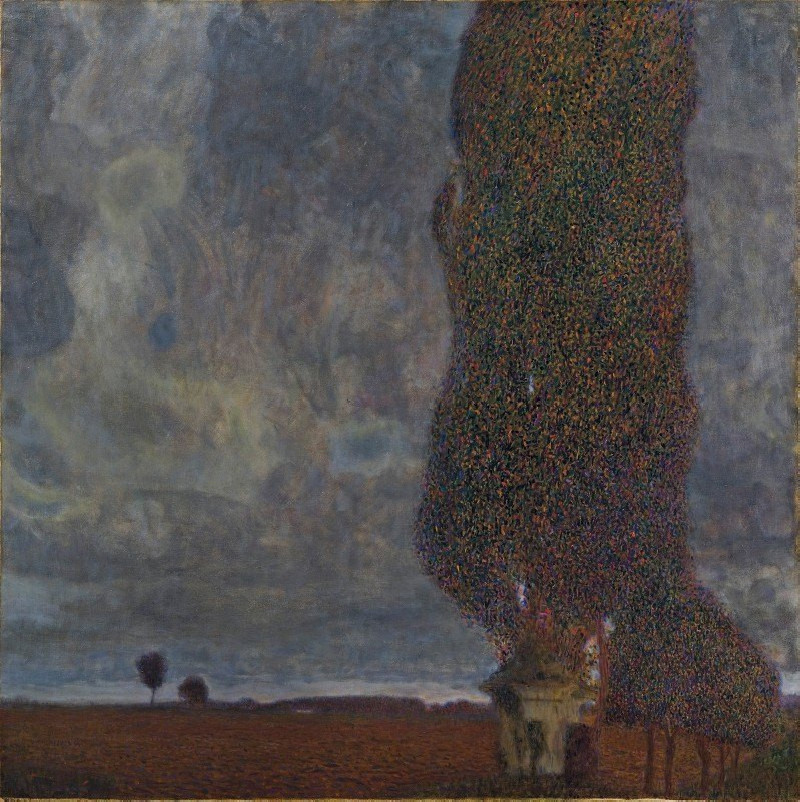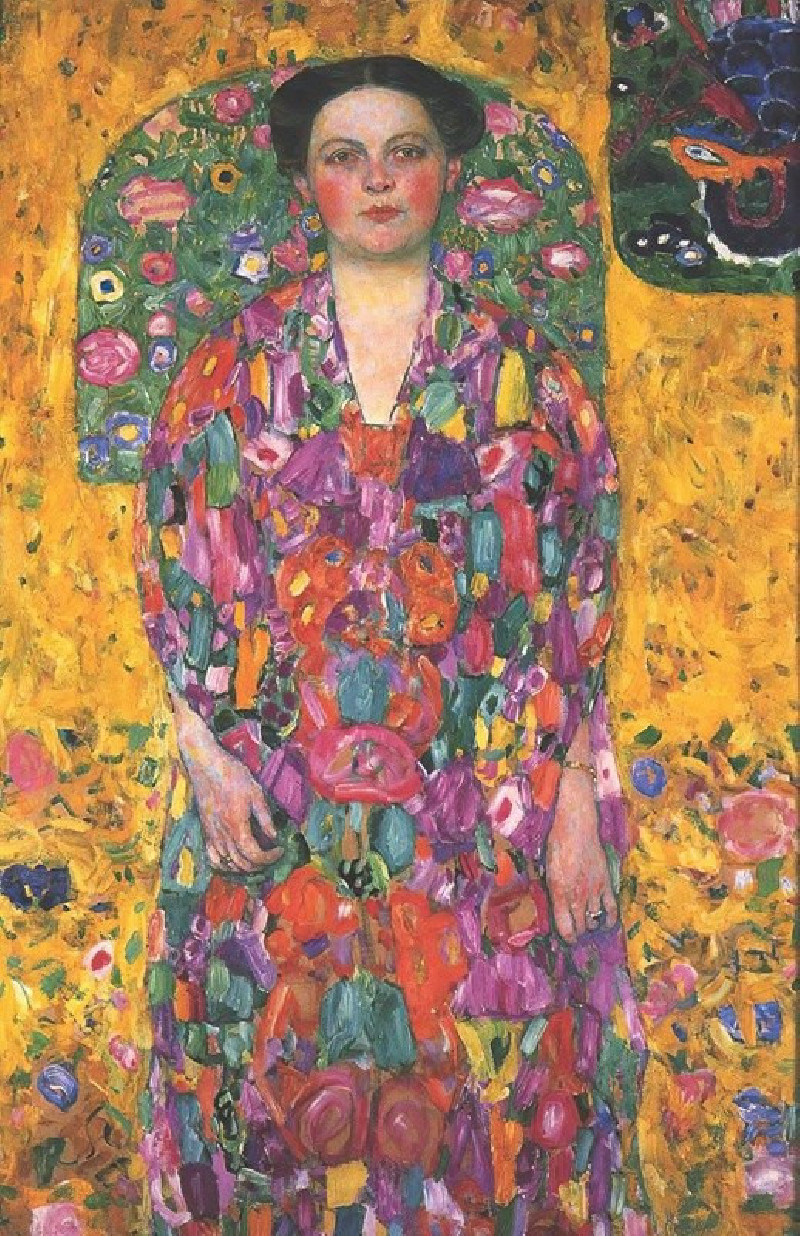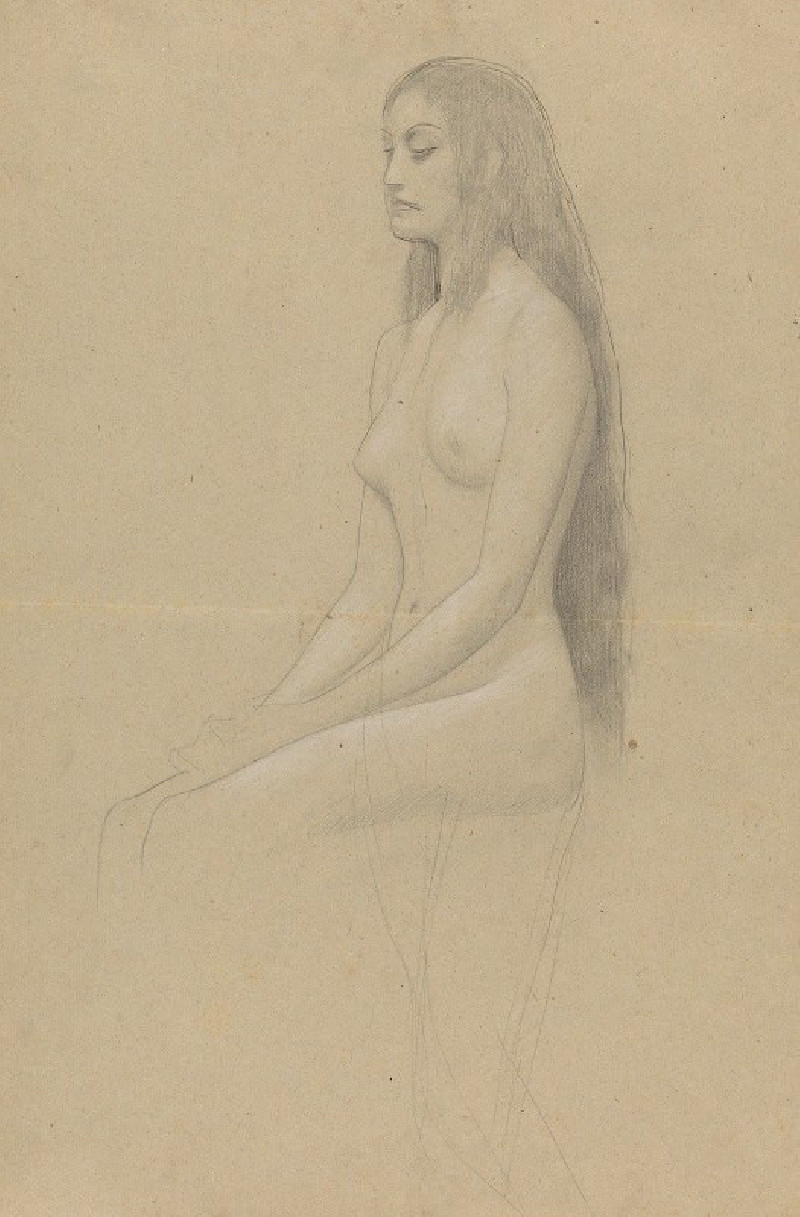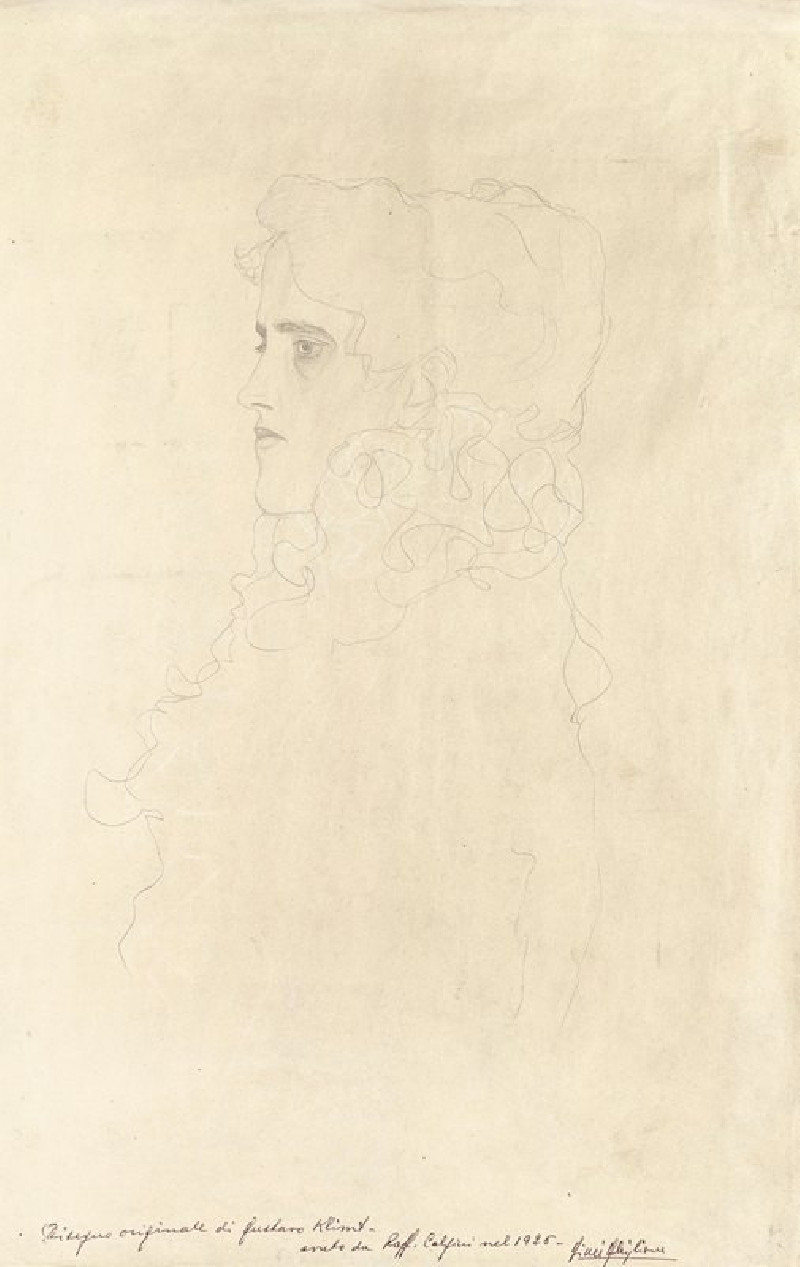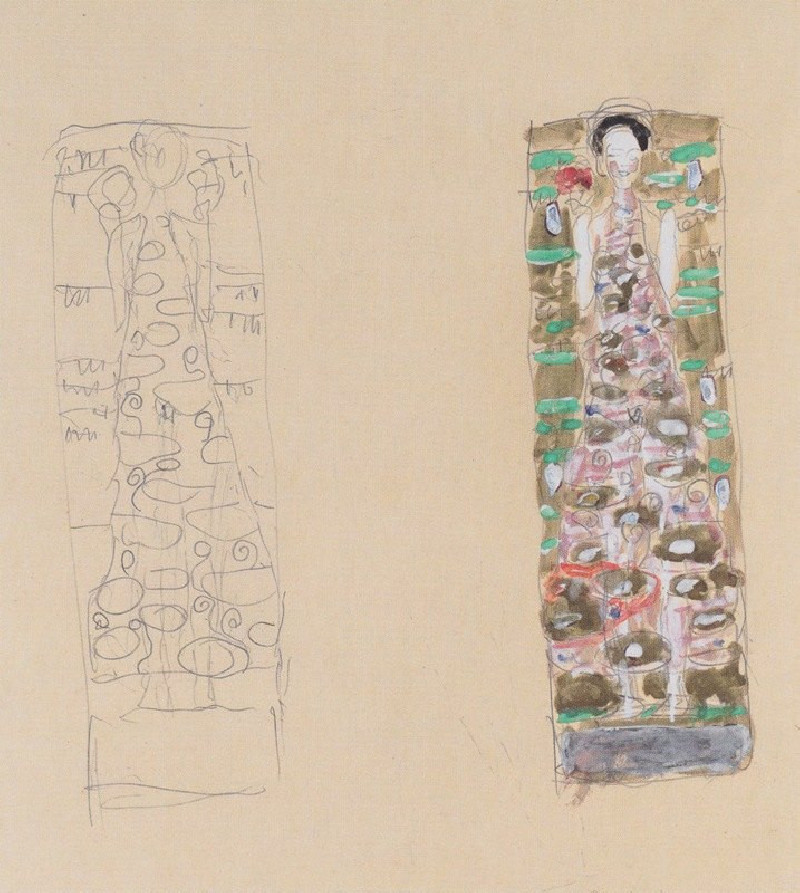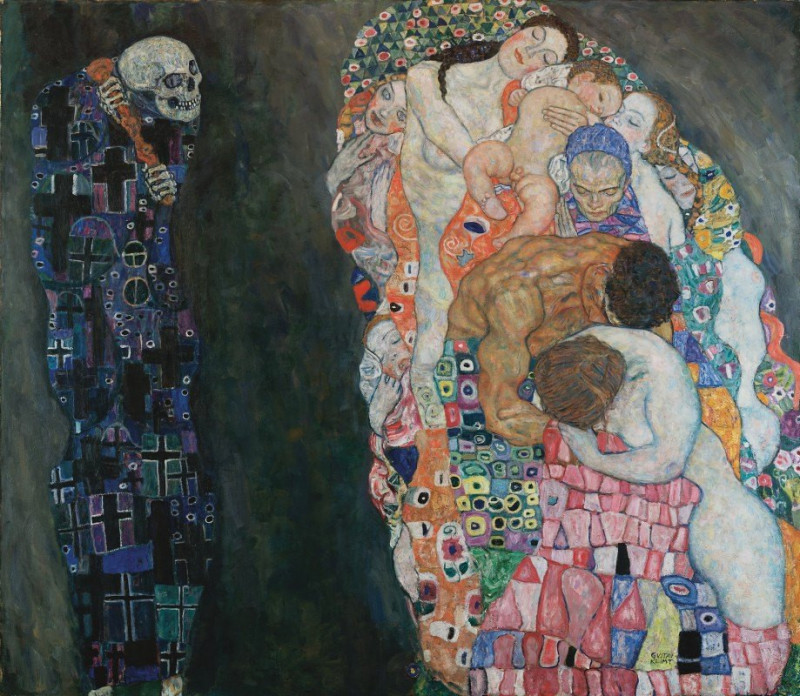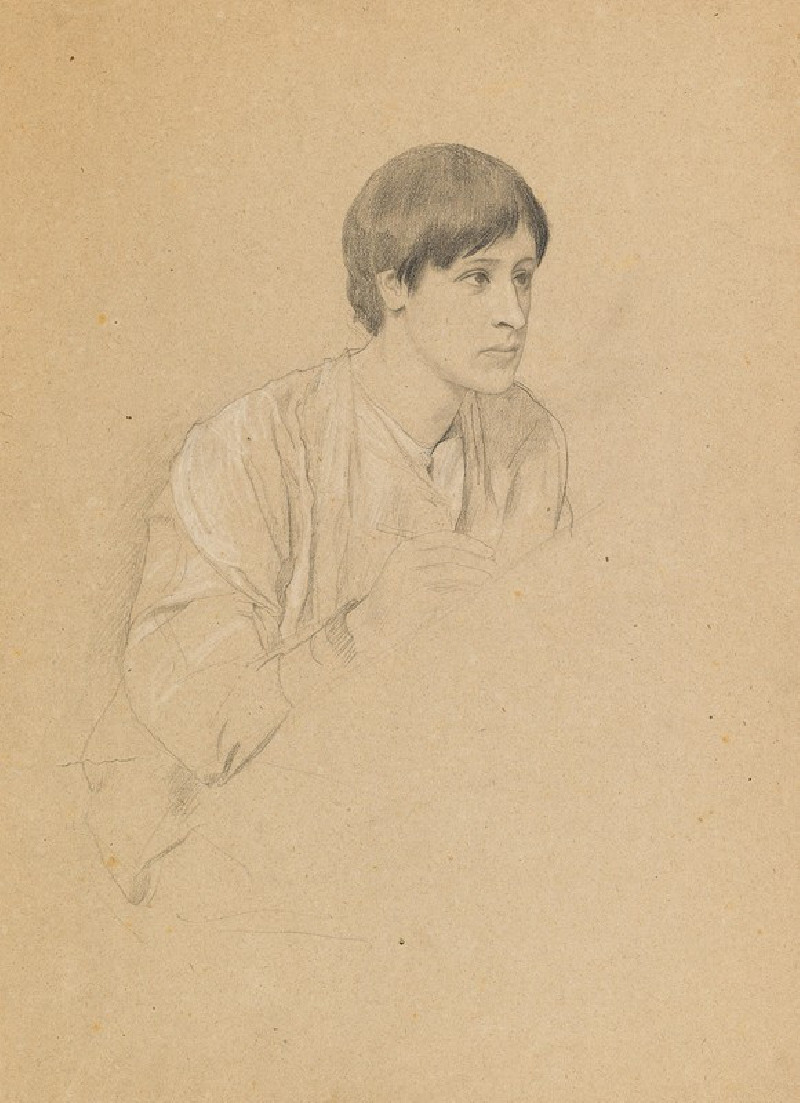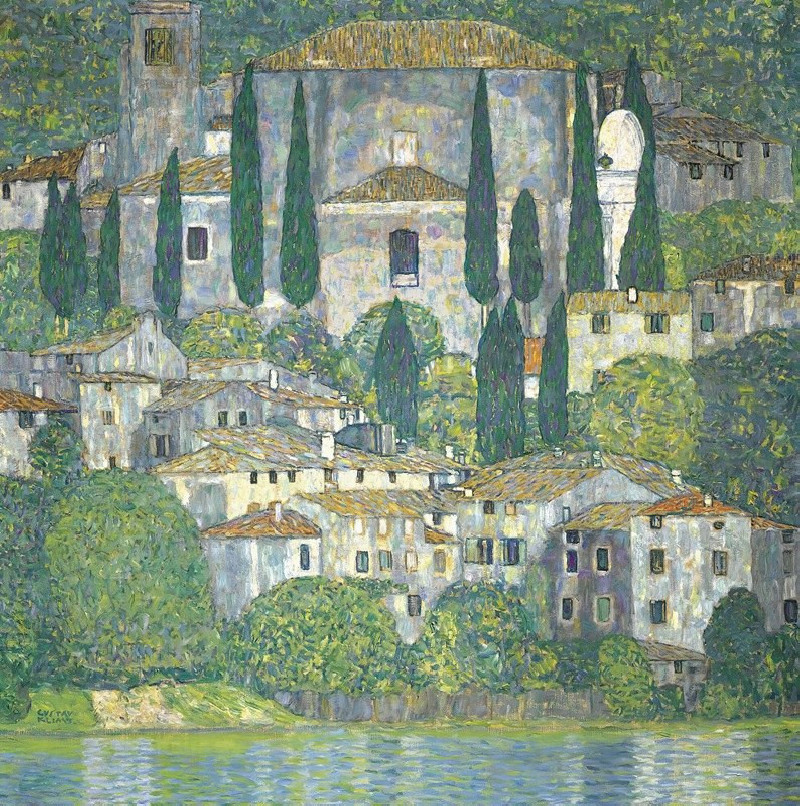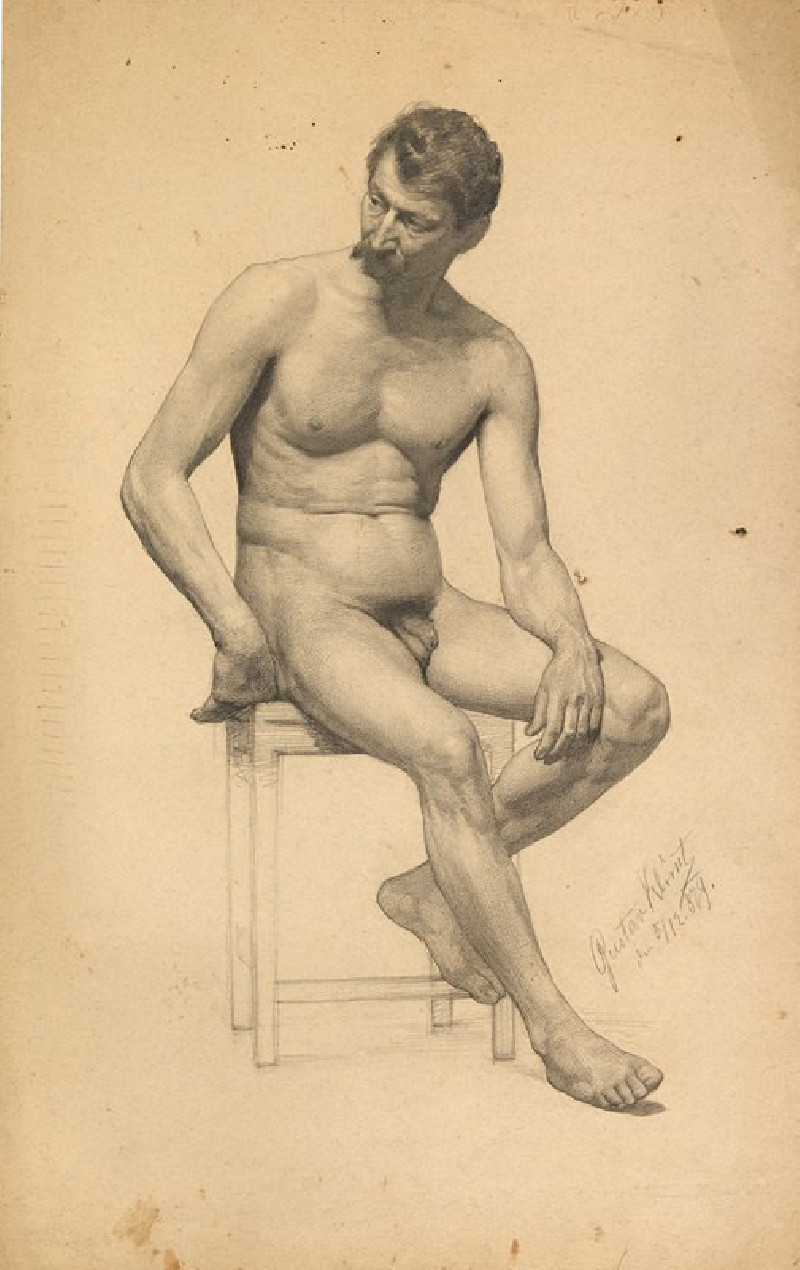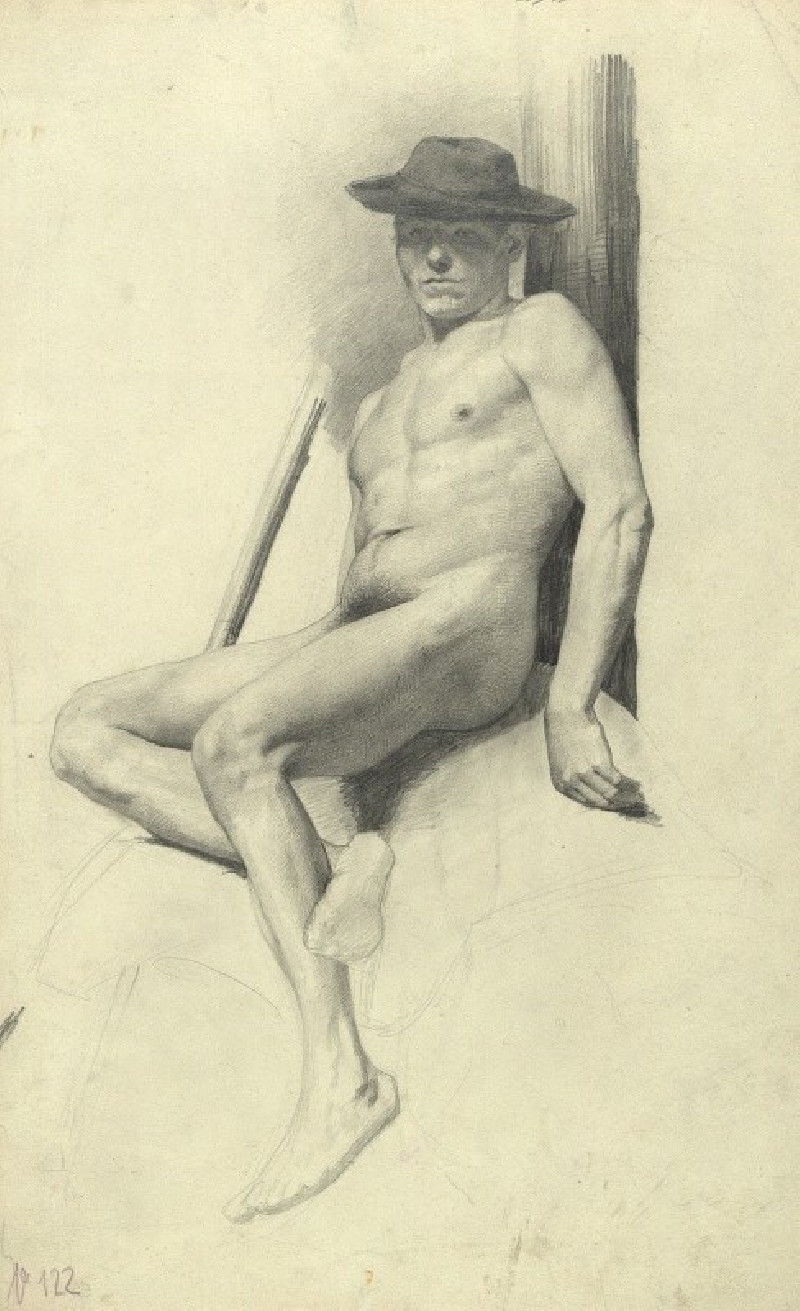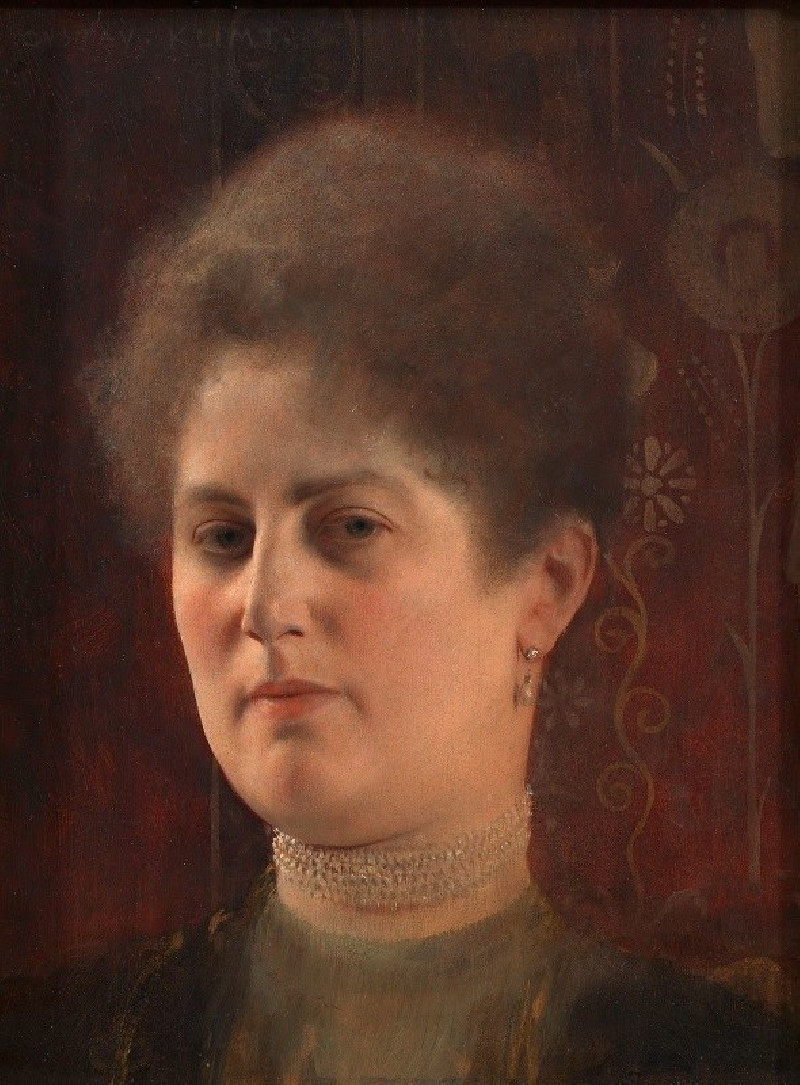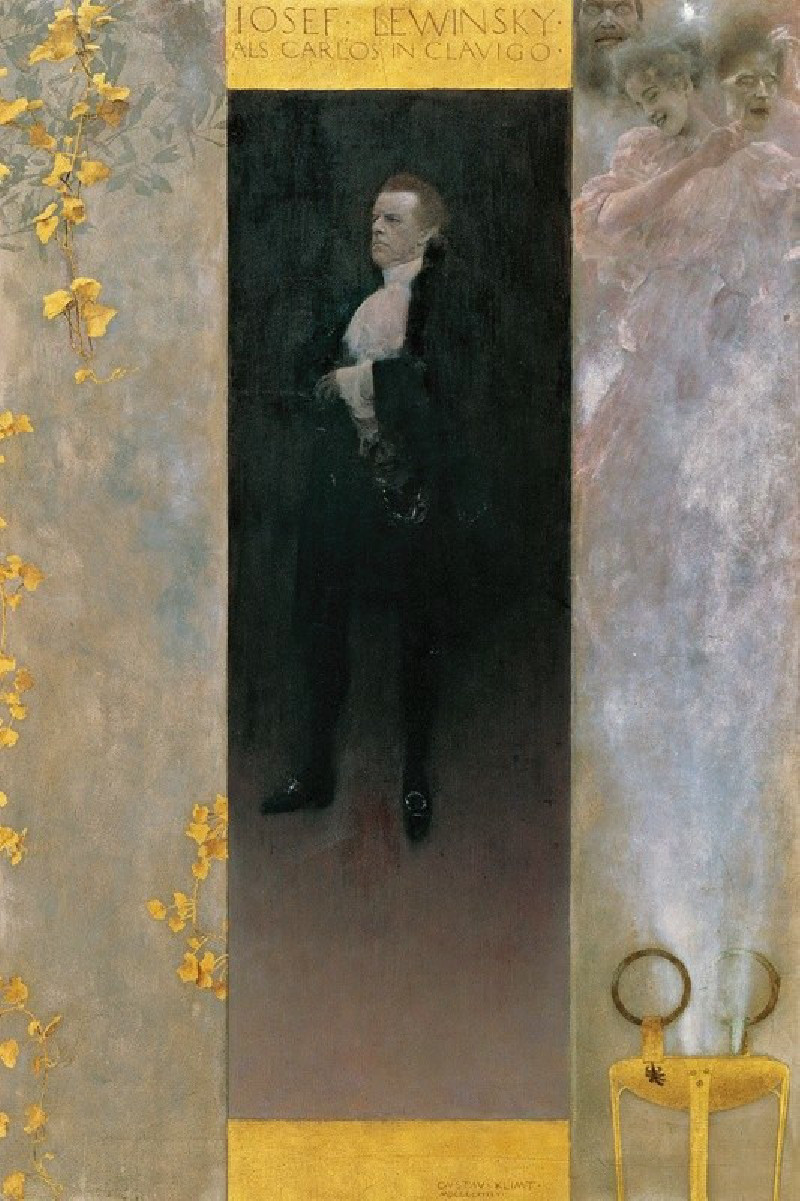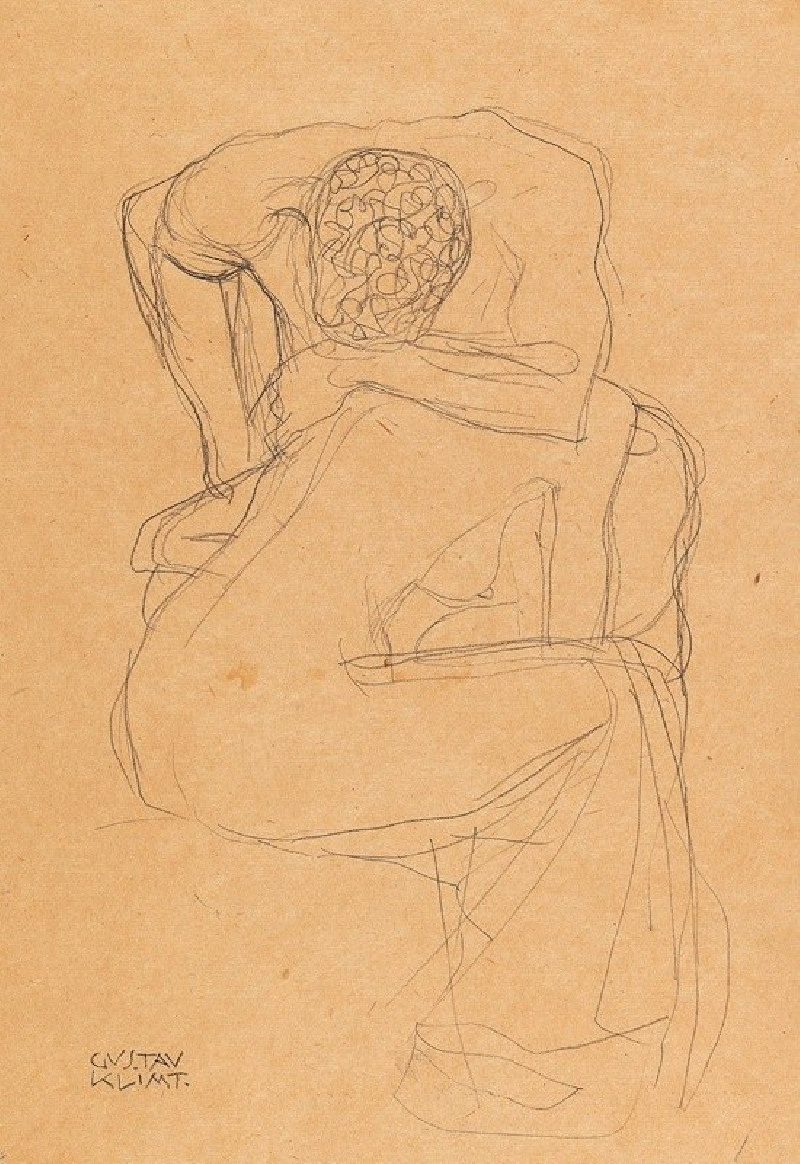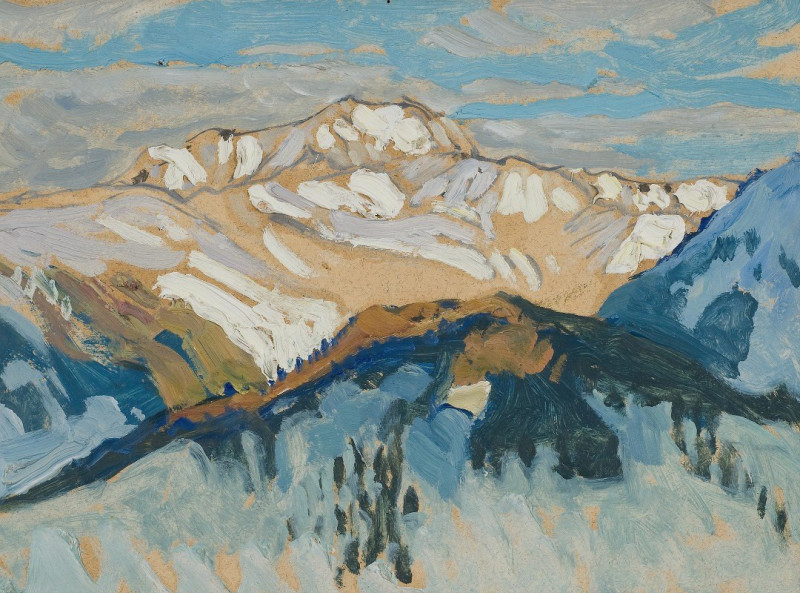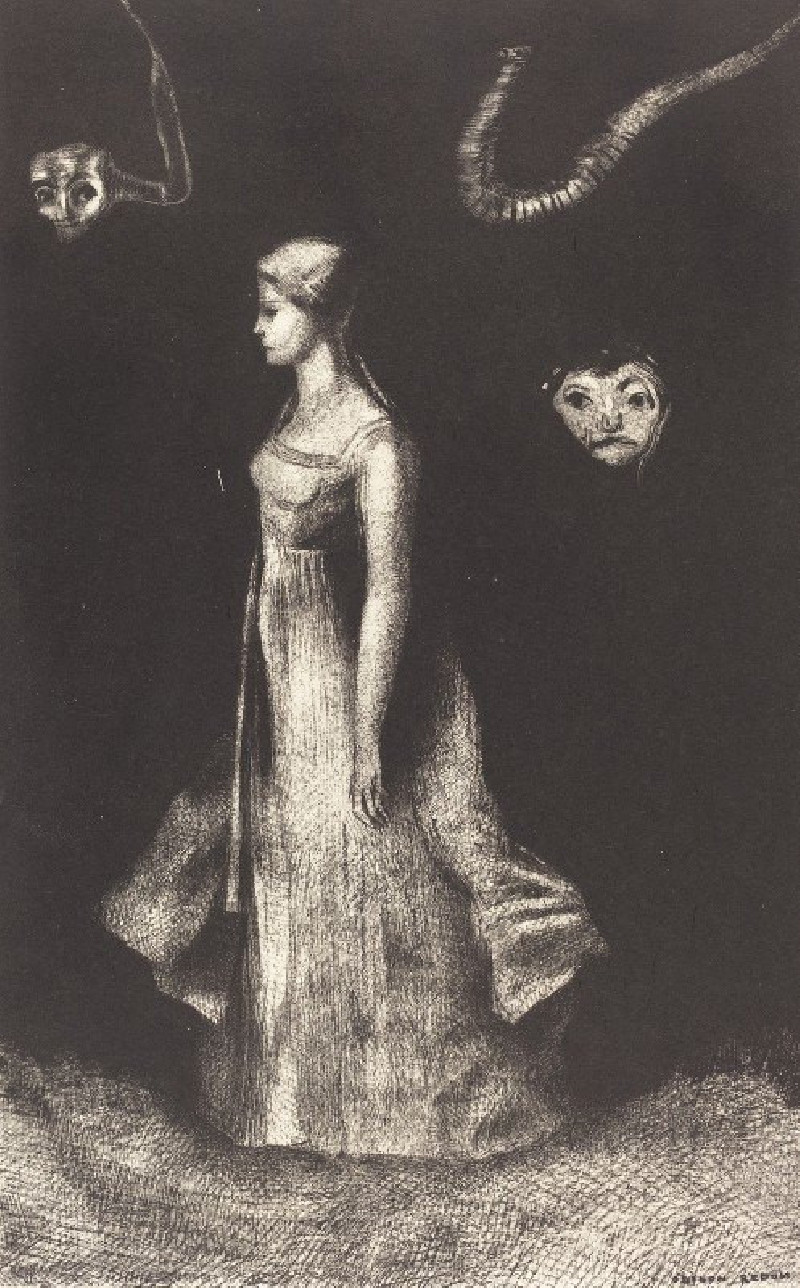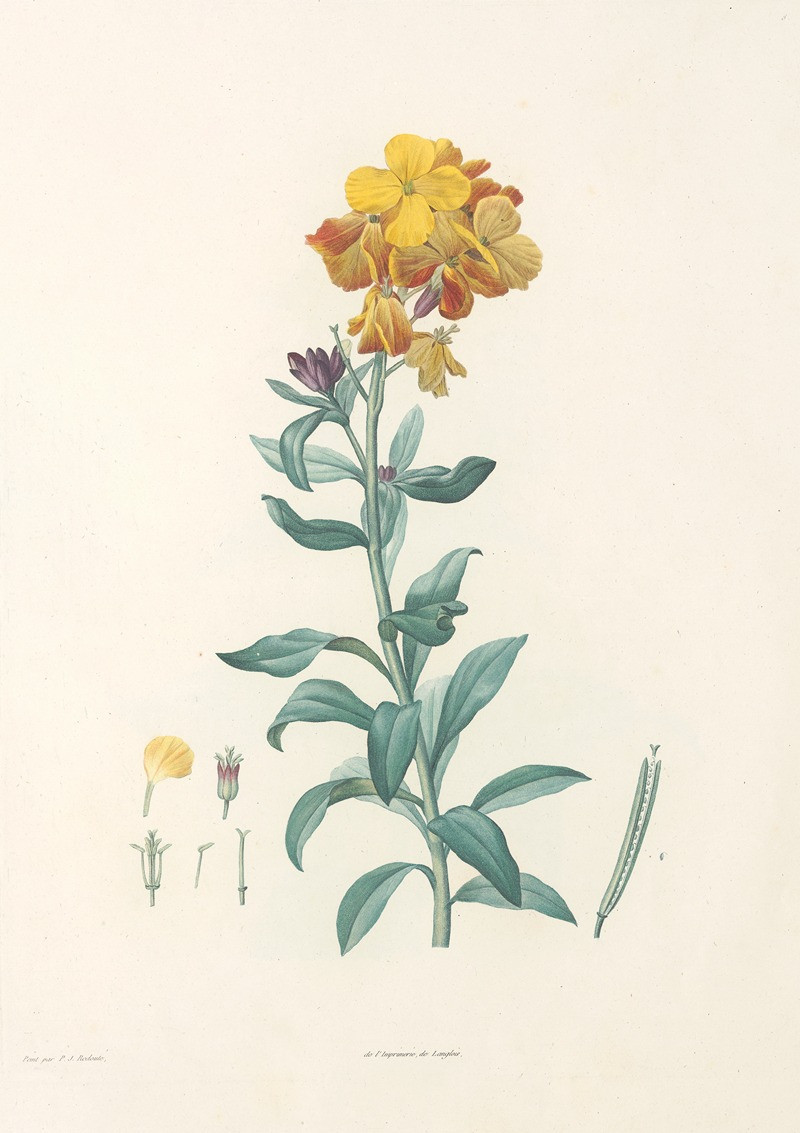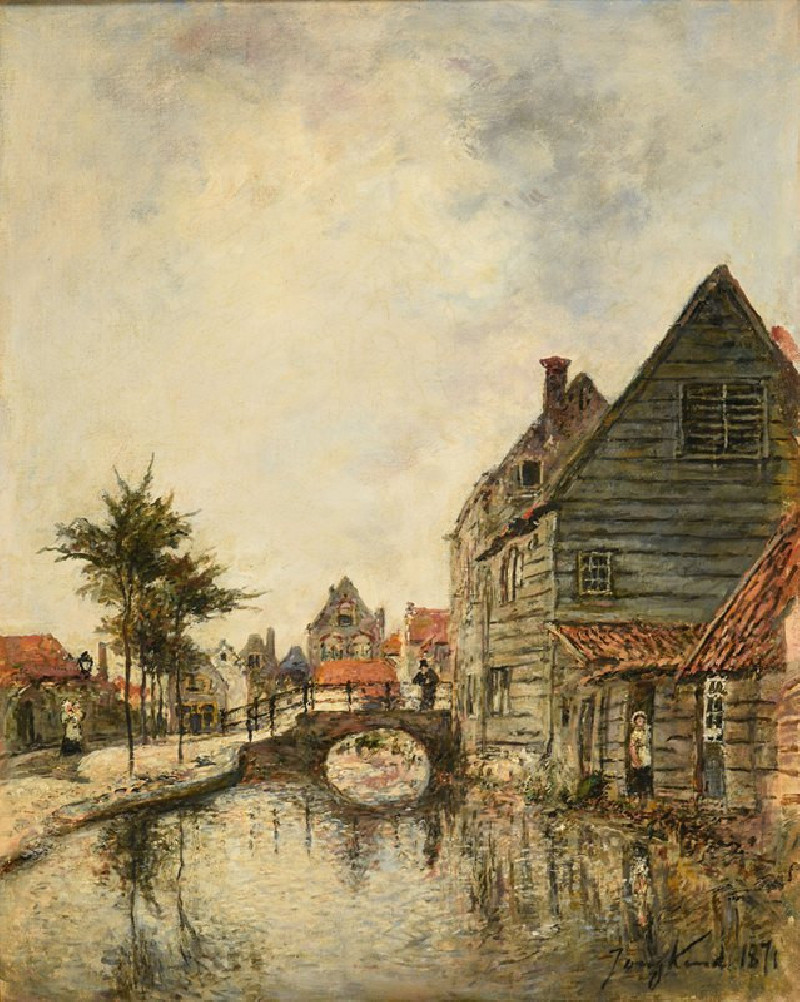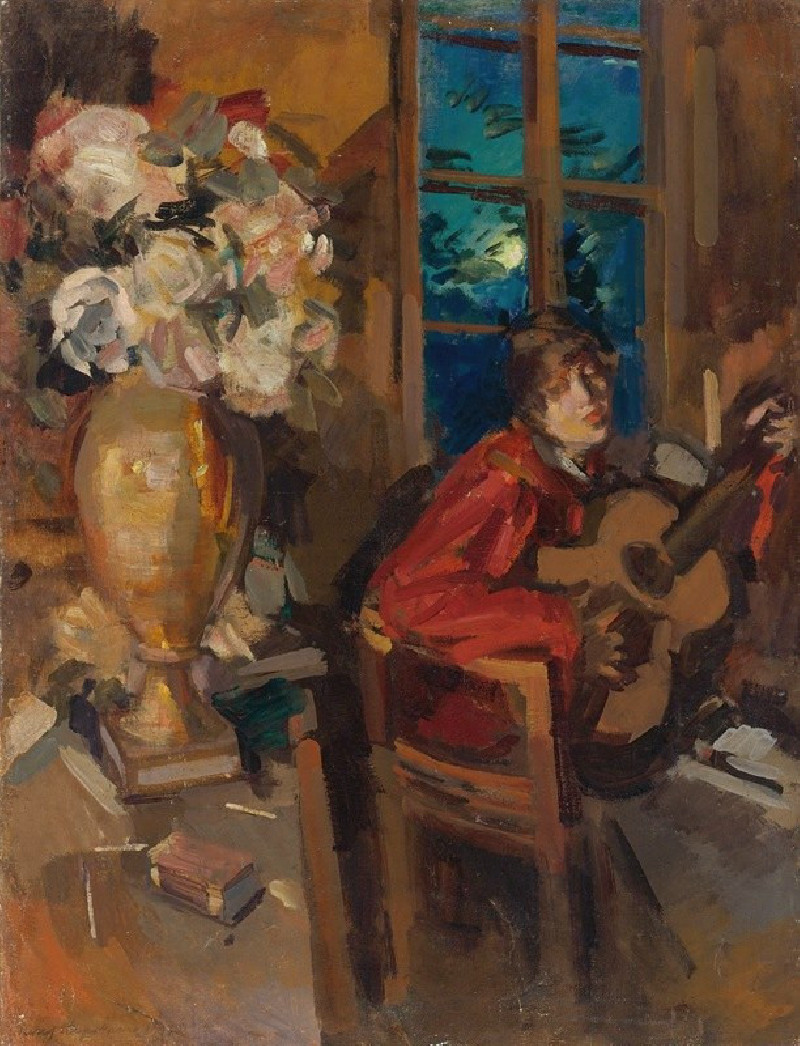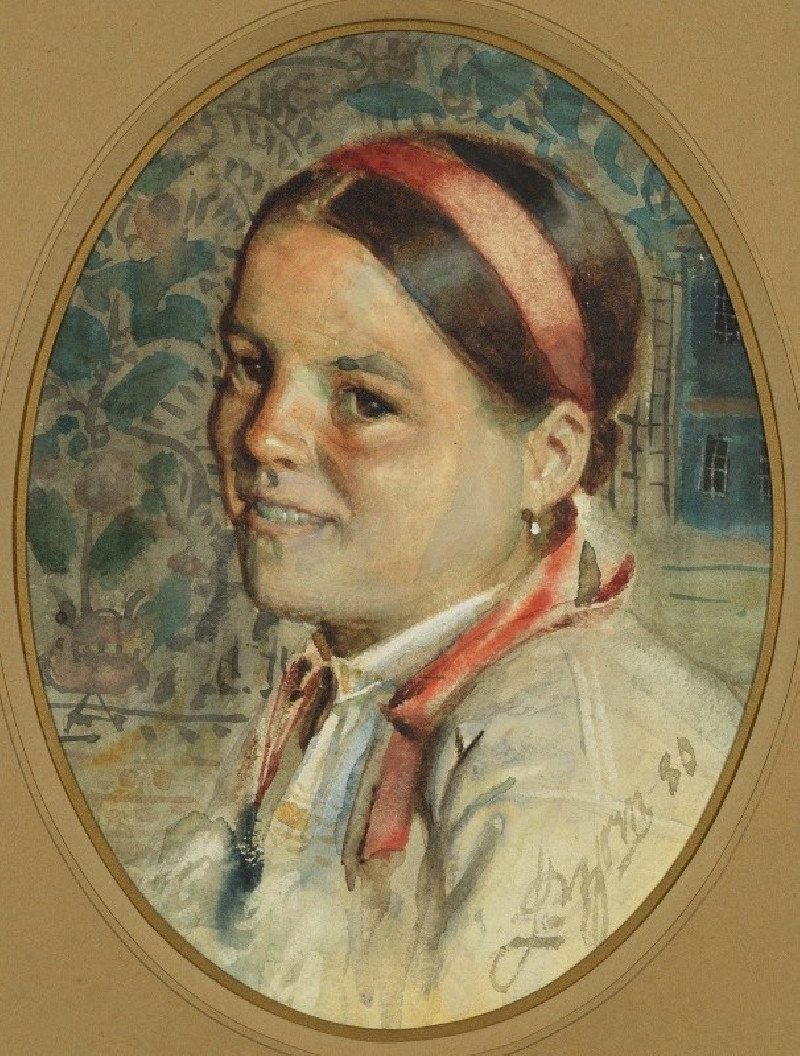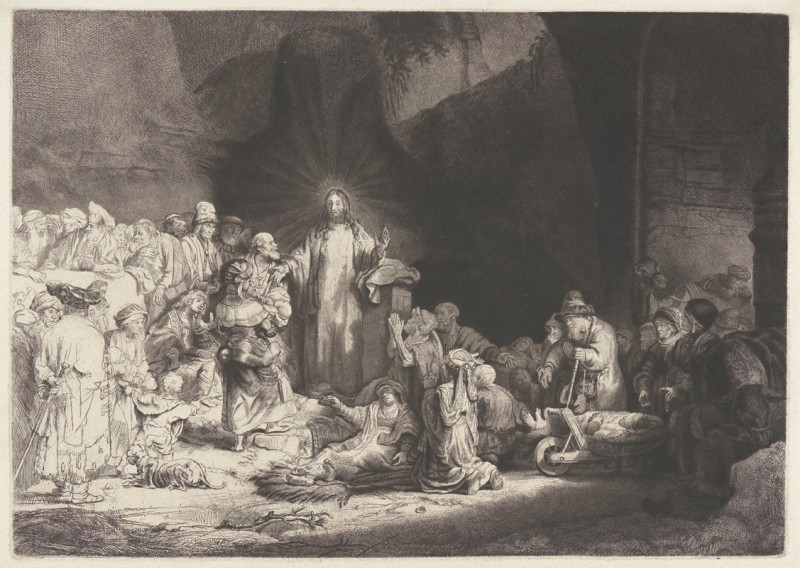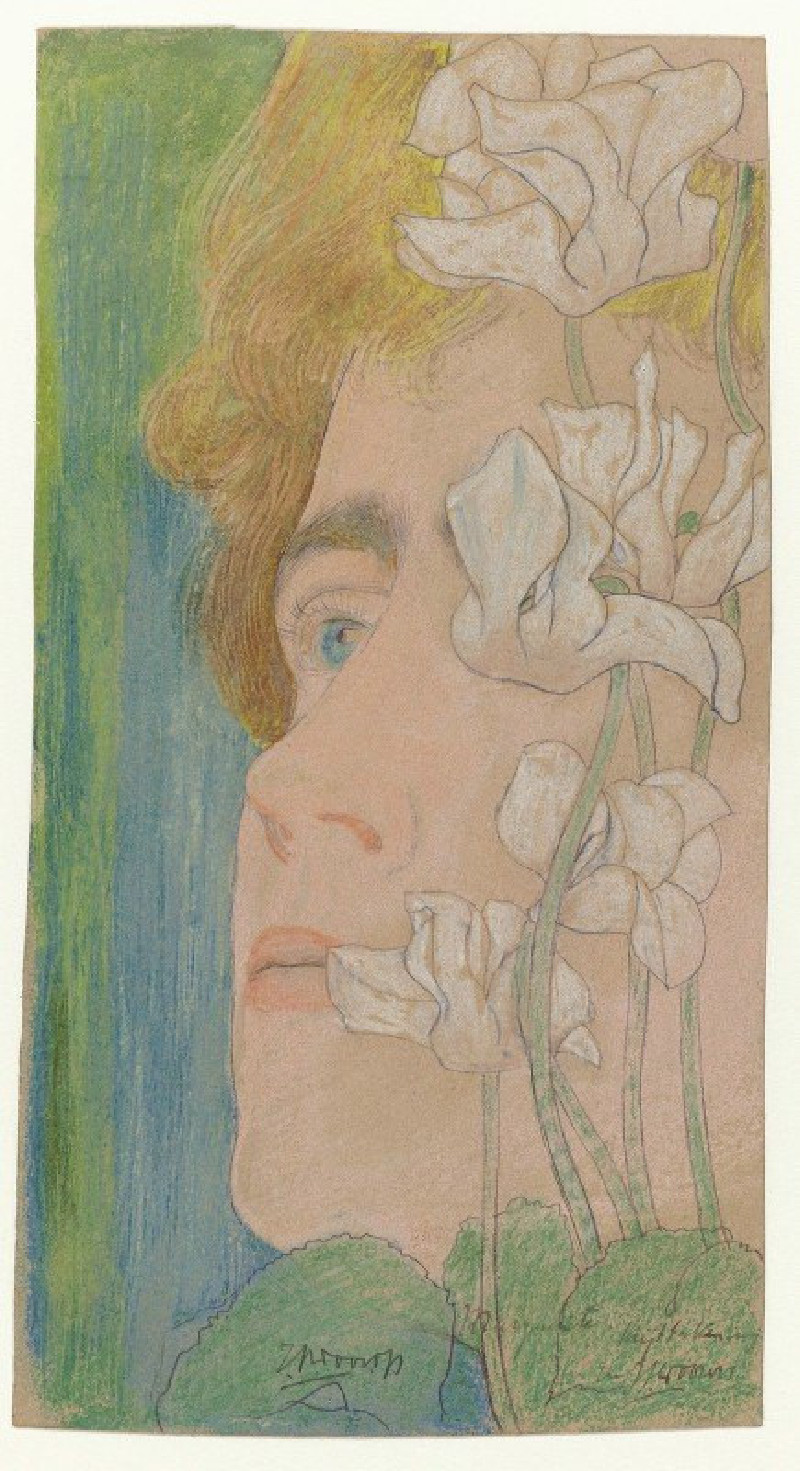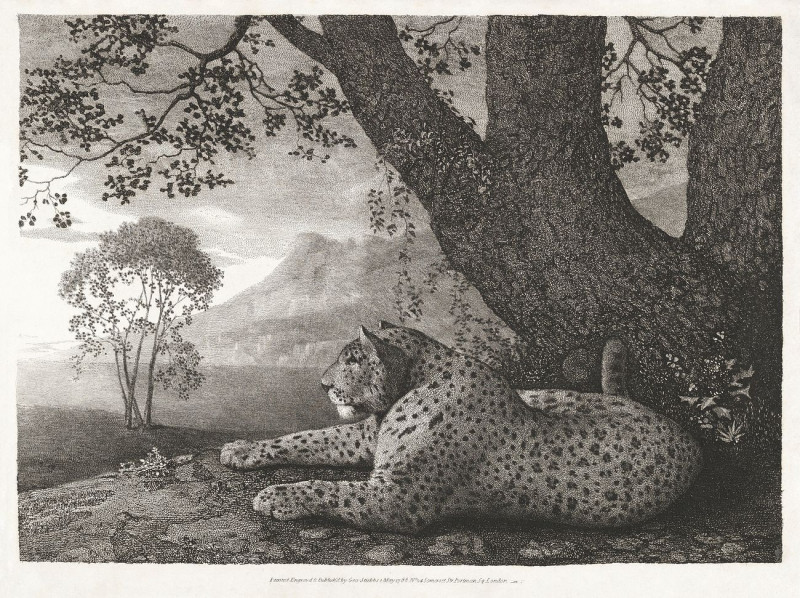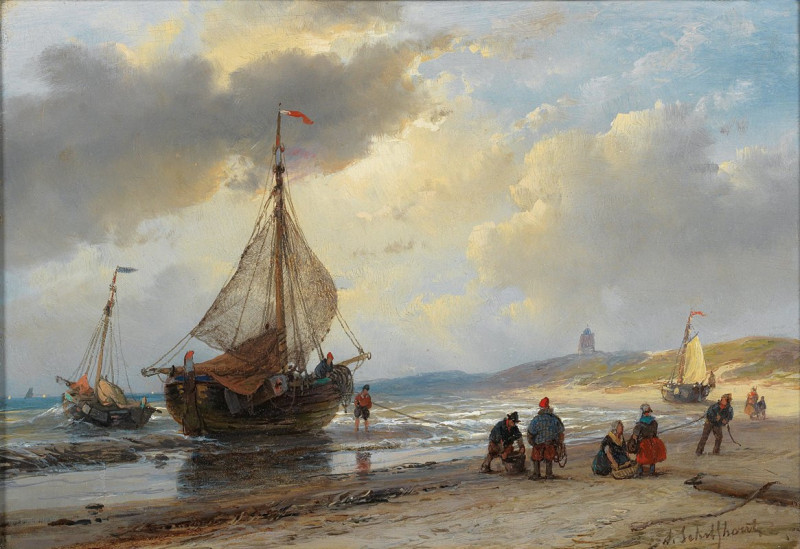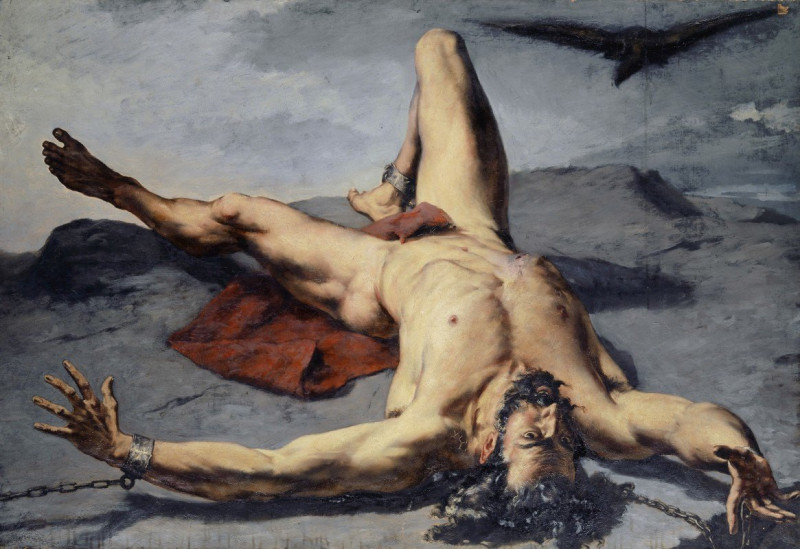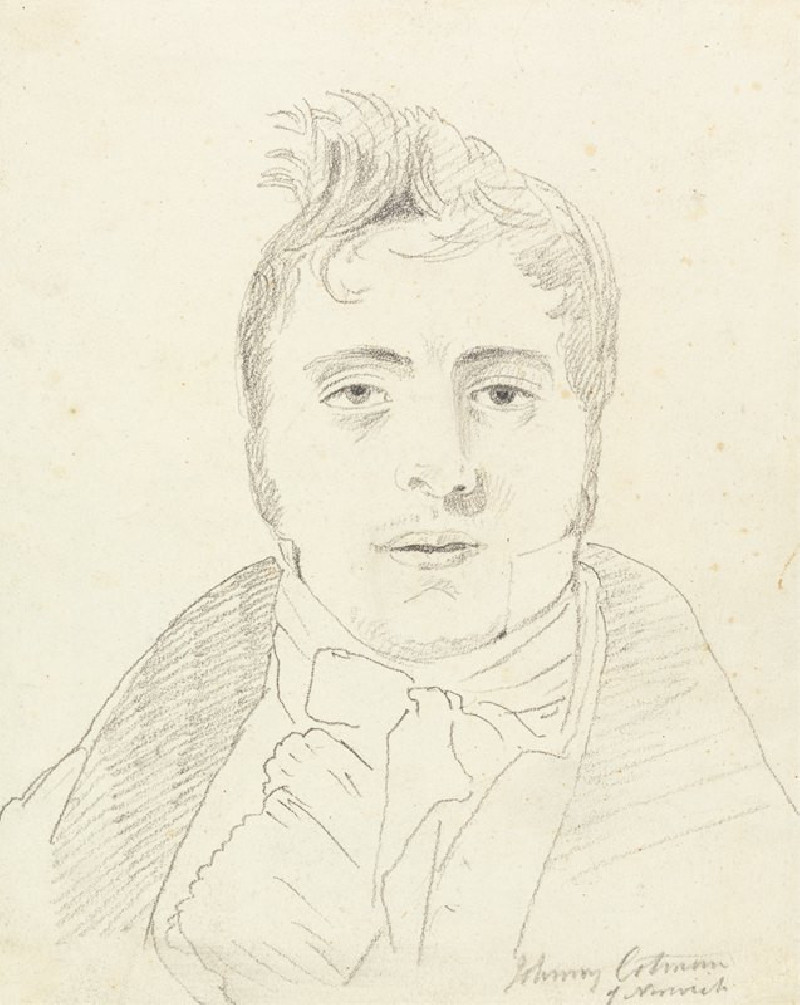Die Leiden der schwachen Menschen (1902)
Technique: Giclée quality print
Recommended by our customers
More about this artwork
Gustav Klimt's painting, "Die Leiden der schwachen Menschen" (The Suffering of Weak Humans), painted in 1902, encapsulates the profound emotional depth and stylistic innovation that define his early 20th-century works. In this striking piece, Klimt employs a minimalist yet poignant approach to explore themes of vulnerability and introspection.The artwork features a delicate figure depicted in profile, highlighting Klimt's distinctive use of line and form. The person's face is turned away, expressing a sense of introspection or melancholy. Intriguingly, a vibrant cluster of blue flowers adorns the hair, adding a touch of color and perhaps symbolizing a burst of life or fleeting beauty amidst a somber mood.The body is outlined with graceful, fluid lines that suggest fragility and a subtle strength at the same time. This dual portrayal could speak to the internal struggles and resilience that come with human vulnerability. A notable element is the minimal use of color, with golden tones that hint at the preciousness of human life and spirit, a recurring motif in Klimt's broader oeuvre.This artwork is perfect for those who appreciate art that invites contemplation of the human condition, rendered with aesthetic elegance and emotional depth.
Delivery
Returns
Gustav Klimt (1862–1918) was one of the greatest Austrian symbolist painters of the Art Nouveau era. Renowned as one of the most prominent founding members, and as a president of the Vienna Art Nouveau movement (Vienna Secession). His works were mainly paintings, murals, and sketches. Marked by his numerous erotic drawings, Klimt's primary subject were female figures, and at one point his work was even criticized as pornographic. Klimt found financial success in his "Golden Phase" with decorative techniques and the prominent use of gold leaf in his paintings.

